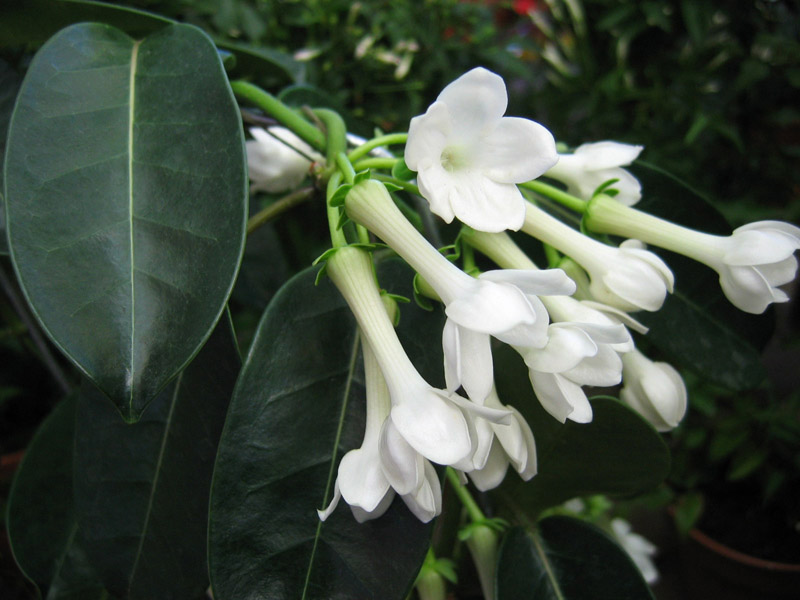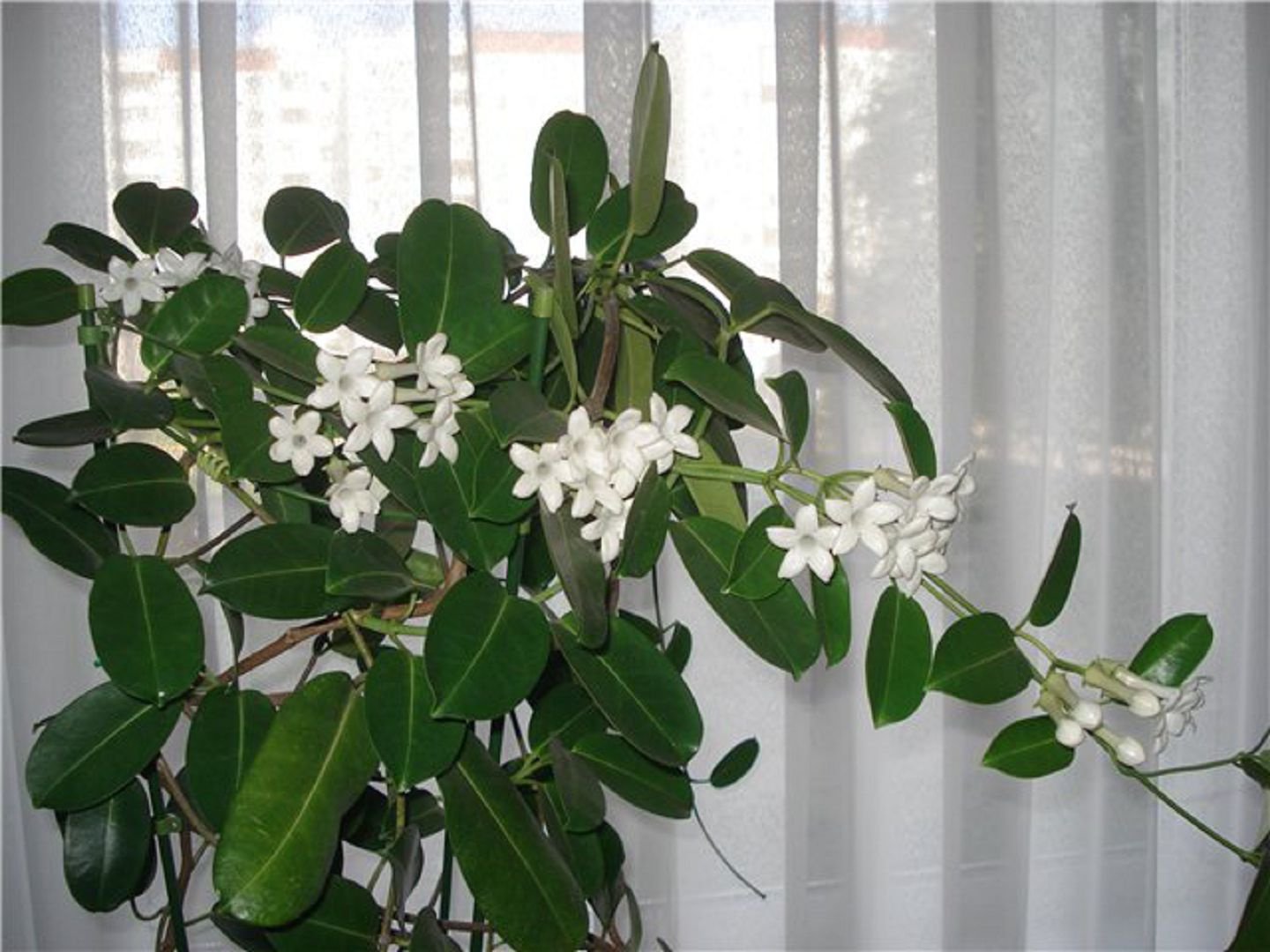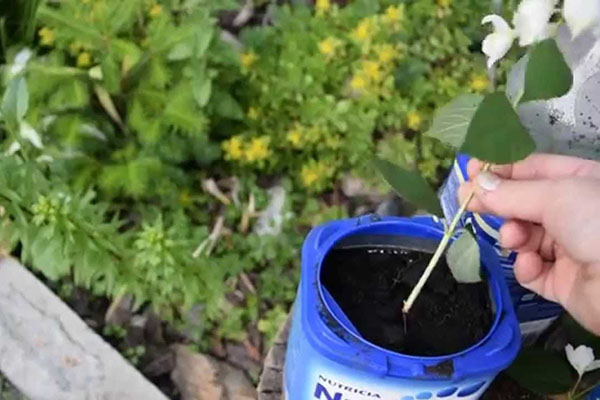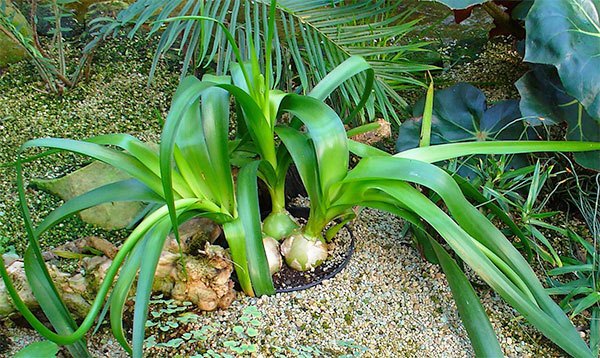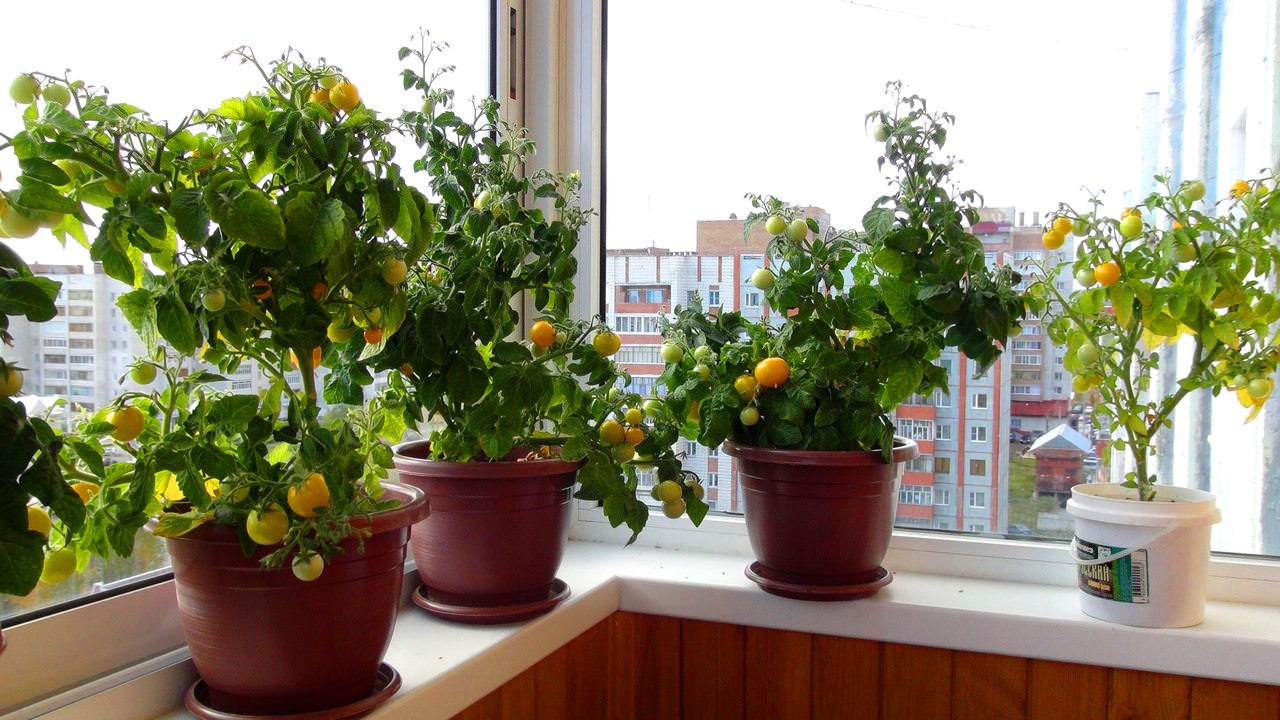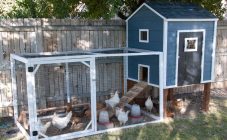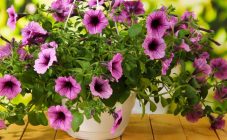Content:
Madagascar Jasmine (Stephanotis) is an evergreen vine that blooms with snow-white flowers that resemble starfish. Jasmine stephanotis looks gorgeous and smells good. But a plant is not easy to care for. It belongs to rather capricious cultures. To grow Madagascar jasmine, you need to take the time.
Description of culture
Stephanotis represent the Lastovnev family. These plants are climbing, they need support. In nature, they twine around trees. Flowers are native to the subtropics and tropics. A variety of Stephanotis is most often grown in apartments - Madagascar jasmine. It is best suited for indoor living. Gardeners love this exotic for its unusual snow-white flowers. The peculiarity of the species is the abundance of buds. In each inflorescence, there can be from 4 to 7 pieces. During flowering, the apartment is filled with a pleasant aroma, similar to the smell of jasmine. It is because of this feature that this type of stephanotis got its name. Also, the plant can be called profusely flowering Stephanotis.
Flowering is usually long and lasts throughout the summer. By the fall, plum fruits appear on the culture. Seeds are located inside. They resemble parachute-like dandelion seeds and can migrate, that is, fly in different directions.
The stem of the culture is climbing. Jasmine liana wraps around any support. You can use the plant to decorate arched compositions. The leaves are large (about 8-10 cm), glossy, elongated with sharp tips. The color is dark emerald.
Growing features
- Curly jasmine loves the sun. It is better to grow it on a window located on the south side. If you have problems with this, you can put the pot under additional lamps.
- Despite the fact that the plant loves light, it is protected from direct sunlight. Otherwise, burns may occur.
- In the summertime, the air temperature in the room where the flowering Stephanotis is located should be no more and no less than + 22 ... + 25 degrees. The plant does not tolerate heat.
- In winter, the flower should be kept in the coolest part of the house, where it is about + 16 ... + 17 degrees. In winter, the plant is dormant. But he still needs a full daylight hours.
- Jasmine will not grow and bloom if you put it where there is a draft or the air temperature jumps.
- Support is required. It is installed at the time of planting so that the plant begins to curl until its shoots are woody.
Care
Vessel for Stephanotis
Experienced growers advise taking large containers. Exotic cultivation should be organized in a ceramic pot. It is such a capacity that a powerful plant can withstand. There must be drain holes at the bottom. Pebbles or expanded clay are placed on them.
The soil
The soil that is ideal for a plant is a substrate of peat, sand, clay, and humus. The pH should be between 5.5-6.
Top dressing
The luxurious plant is responsive to fertilizers.It is recommended to feed it with mineral mixtures, in which potassium must necessarily prevail. You cannot apply fertilizers with a large amount of nitrogen, since nitrogen will give the plant strength to form greenery, but not flowers. It is permissible to feed stefanotis jasmine with special nutrient solutions for flowering ornamental plants.
Watering
A plant that was born in the tropics needs moisture. But waterlogging the liana is not useful. Watering is organized once every 5-7 days. In this case, after each watering, the water accumulated in the pan is poured out. This is done so that the root system does not rot. In the summer, the plant is sprayed with a spray bottle. Spraying is carried out carefully so that moisture does not get on the flowers. Otherwise, they may turn black. The water is taken settled, slightly warm.
In winter, watering is carried out no more than once every 14-20 days. Loosening the soil should be done carefully and not too often.
Reproduction
There are two ways to propagate a plant:
- Seeds;
- Cuttings.
Seed propagation instructions
- The seeds are placed in warm water for 48 hours.
- A drainage layer is placed on the bottom of the container. The container is filled with peat substrate with sand.
- The soil mixture is watered.
- The seeds are laid out on the surface of the substrate and gently pressed into the ground.
- The container is covered with glass to create a greenhouse effect. Then she is removed to a room where +25 degrees.
- Every day the glass is removed for 15 minutes to ventilate the soil.
- Moistening of the earth is carried out every 2-3 days.
Instructions for propagation by cuttings
- In the spring, a stalk is cut off from the shrub, which is one year old and on which 4 leaves are present. The slice is washed with a growth stimulator.
- The cuttings are placed in potting soil (as for seeds). Leaves should be on the surface.
- The container is covered with a package. The greenhouse is opened and ventilated every day.
- The soil is moistened once every 2-3 days.
- In order to root the planting material, it is kept indoors, where it is about + 17 ... + 19 degrees, for 25 days.
- After rooting, the plant is transplanted into a larger pot. You need to care for a new specimen in the same way as for an adult plant.
Transfer
It is necessary to transplant curly jasmine every 2-3 years. This is done in order to place the plant in a larger pot. The procedure is recommended to be carried out in the spring, while Stephanotis is not getting ready to bloom. Experienced growers use the transshipment method. The plant is taken out together with an earthen lump, in which the roots are located, and placed in a prepared pot with soil mixture.
Problems after transplant
If the planting of a flower in a new container was not carried out with violations, then the flower will notify about this with its appearance. Roots must not be injured during transplantation. If this happens, the plant will look frail, the leaves will begin to wither, fall off.
To help the plant survive after all the handling manipulations, you can use frequent spraying or creating greenhouse conditions. Greenhouse conditions are created using a package that will act as a greenhouse.
Diseases and pests
Among the pests dangerous for Madagascar jasmine are the following:
- Flour worm;
- Spider mite;
- Aphid.
Spraying with Zolon, Decis, Aktellik, Karbofos will help from the worm.In order to defeat the spider mite, the leaves are treated with technical alcohol. Experienced gardeners suggest using hydrogen peroxide or red pepper tincture against aphids.
It is believed that indoor Madagascar jasmine has good immunity from various diseases. However, it can be overcome by powdery mildew. Among the effective remedies for the disease are Skor, Fundazol. According to reviews, the disease can be defeated with a manganese solution. In this case, the plant is treated with water with potassium permanganate 1 time in 3 days. At least three such procedures must be performed.
Madagascar jasmine home care implies thorough and systematic. An exotic plant, if handled correctly, will annually delight apartment owners with a long, fragrant flowering.
